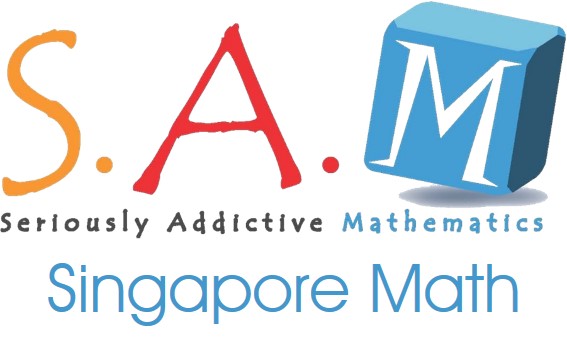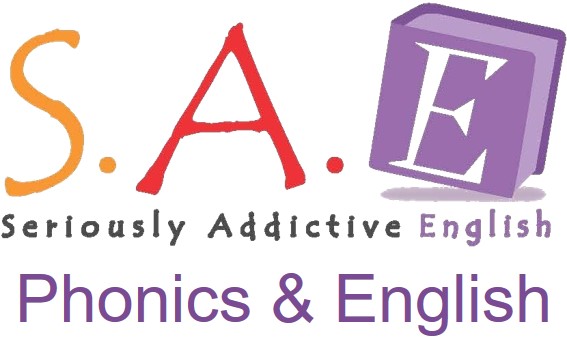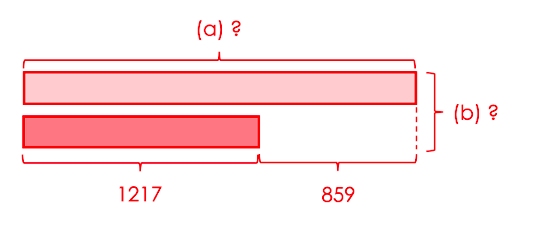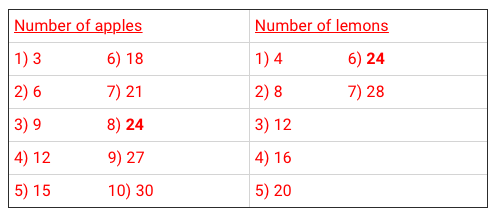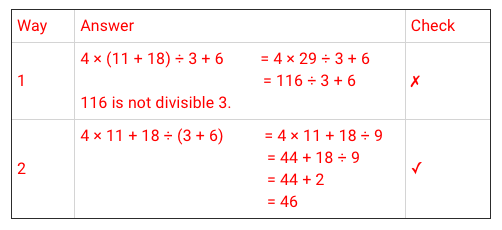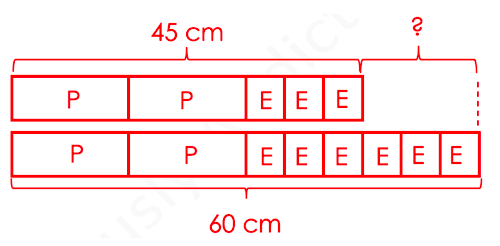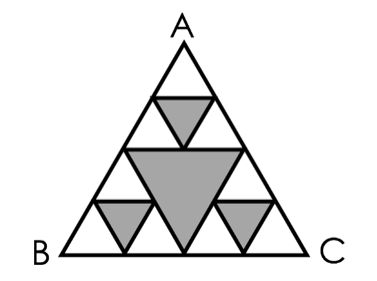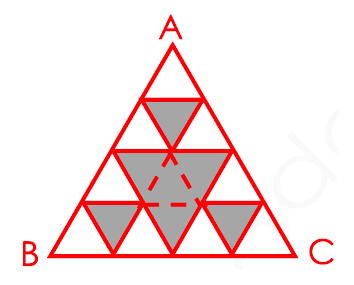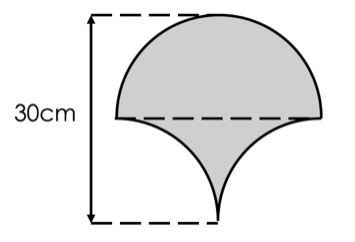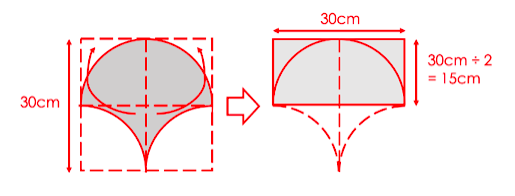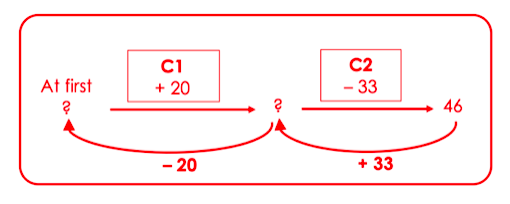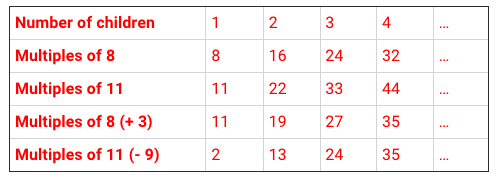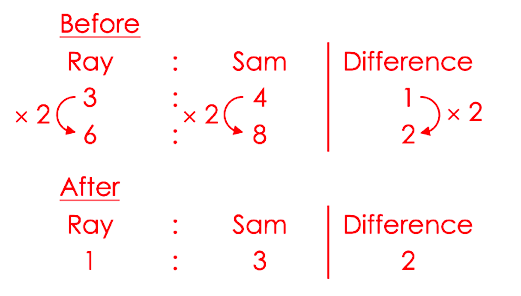Term documents are an important part of any academic program and are often needed for every class taken. Long-term papers is not an easy job, however, since they’re usually written in fantastic detail and need quite keen scrutiny. It is not unusual to invest many hours trawling through term papers and essay subjects simply to locate the one
Slot machines are ideal for internet gaming because they’re simple to learn and quick to pick up on, and fantastic pleasure to play on. If you’re new to online slot games, follow the suggestions below and you’ll soon be playing like an expert in no time at all. Good luck!
The first idea for playing online slot machines would be
Writing a research paper can be an overwhelming job. There are lots of tools online that can allow you to write it but before you use those you should think about using a research paper writer. One of the reasons that individuals find research papers difficult to compose is because they just do not understand where to begin.
You want

Congratulations to Reyansh on this amazing achievement.
 Wishing him all the best in his future endeavors.
Wishing him all the best in his future endeavors.
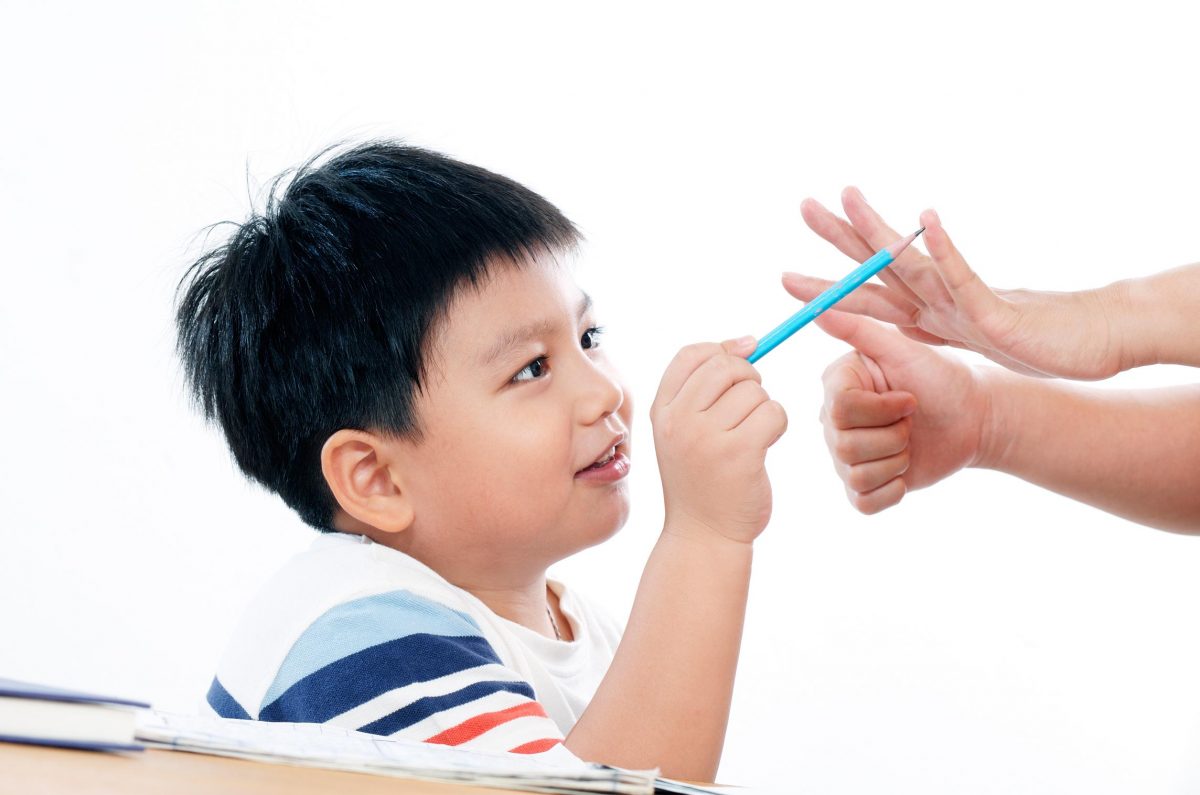
This video illustrates how children at S.A.M are encouraged to solve word problems on Fractions logically using bar models

Ever tried to help your child with primary math homework and got stumped? Today’s math questions can be challenging – even for adults.
Math education is changing. While many parents spent time memorising procedures and formulas, today’s students are expected to not only understand and master the concepts, but also to have strong thinking skills and problem-solving skills to solve complex math questions.
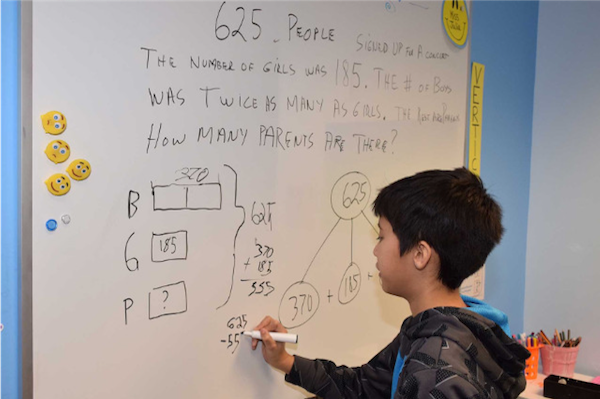
As new concepts and strategies are being taught, and homework turns from arithmetic exercises to using multiple ways to solve a math word problem, you may feel unsure or have no idea how to help your child.
In this series, the curriculum team at Seriously Addictive Mathematics (S.A.M) shares expert tips on math heuristics and how to use them to solve math word problems.
What are Math Heuristics?
Heuristics – a word that baffles many primary school students and their parents.
To define it simply, math heuristics are strategies that students can use to solve complex word problems.
Word problems can be solved in several ways using different heuristics, while some word problems are solved using a combination of heuristics.
To solve word problems efficiently, students must be familiar with both the problem-solving methods (heuristics) and the problem-solving process.
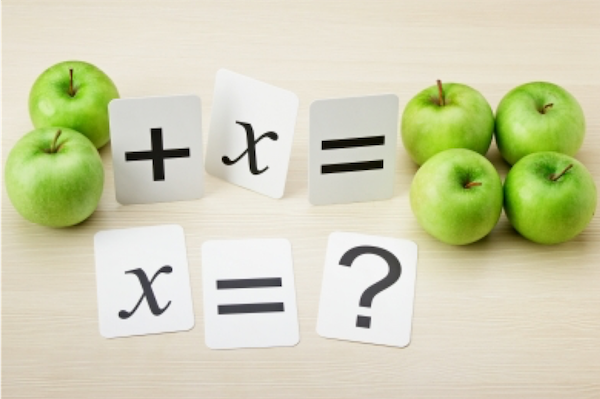
What is the Problem-Solving Process?
SAM – Work From Home Opportunity

SAM is now offering rewarding work from home opportunity. To know more please contact us @ 8591536452


We are pleased to inform that we will be participating in the Franchise India exhibition to be held in Mysuru and Bengaluru to be held on Feb 26th, 2022 and Feb 27th, 2022 respectively.

Some Happy Parents in March 2022
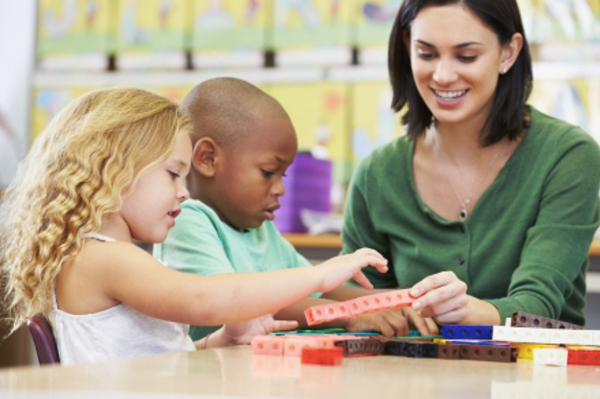
We are happy to share the testimonials received from all happy parents in the month of March 2022

 cipf-es.org height=”300″ />
cipf-es.org height=”300″ /> 
Can IQ Be Improved By Doing Maths?

Intelligence quotient, or IQ for short, is the relationship between a person’s potential and the statistical normal of all possible results. How is IQ measured? They are tested based on a person’s concrete and abstract reasoning in subject ways, based on age and development norms.
It usually consists of a number of tasks measuring various measures of intelligence. These include short-term memory, analytical thinking, mathematical ability and spatial recognition. However, the purpose of an IQ test is not an attempt to measure the amount of information one has learned, but rather it attempts to measure their capacity to learn.
Not fixed at birth
IQ was initially considered to be genetic and fixed. However, a study at Michigan University revealed that at least one aspect of IQ measure can be improved. The researchers found that fluid intelligence, which is the ability to solve abstract problems without depending on previous knowledge, skills or experience, can be improved with specific and targeted training of working memory.

Understanding and dealing with a wide variety of abstract relationships between concepts, objects and things in our environment – also referred to as relational skill – is necessary for children and adults to function and perform at school, at work and in our daily lives. In academics, relational skills are necessary for math and language skills to emerge. The concept of more than or less than is one example of relational skill needed to understand mathematics.
How can we help our children have better relational skills?
Doing math will help because it develops their ability to notice relationships between numbers. A strong co-relation has also been found between a child’s relational skills and IQ scores. Through math practice, your child not only sharpens their relational skills, they also sharpen their own learning process and capacity to learn.
Building up on intelligence and IQ
A study by Stanford University School of Medicine found that personalised-tutoring, coupled with arithmetic practice helped children to remember better. The findings also suggest that when children are able to solve basic arithmetic problems from memory, their brain is more prepared to tackle more complex questions. So how can we ensure that our children start off with the right foundation?
Find an approach that combines the benefits of personalised training with the discipline of self-learning and self-discovery; an approach that is designed to introduce new concepts in incremental steps to make learning math easier.

However, practice alone is not enough, and practice with little understanding of the concepts can be ineffective. It is the brain storming process; the understanding of concepts, problem solving, critical thinking and logical reasoning, on top of personalised training and practice that deepens and improves their understanding.
Are these processes fostered in your child? Are they engaged in dialogue and encouraged to exercise problem solving, critical thinking and logical reasoning?
If your child has a low or average IQ score, don’t be disheartened.
It does not mean the scores will remain the same. It simply means there is potential for them to do better. Because intelligence and IQ can be improved. All you need is to exercise your brain.
And early exposure to math can go a long way.
